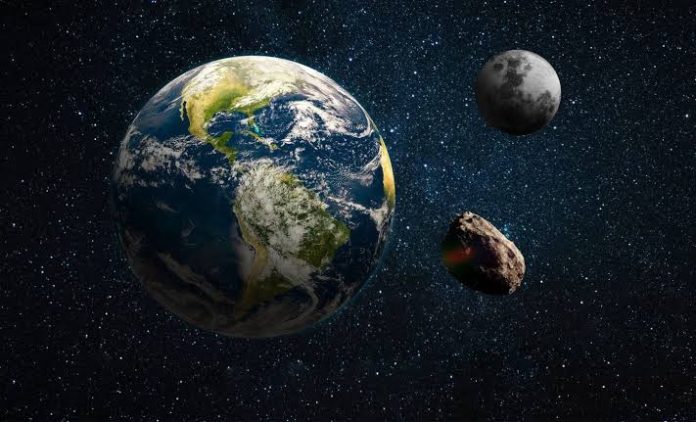For centuries, people have looked up at the night sky and admired Earth’s only moon. But new findings from NASA and the University of Hawaii suggest that our planet might not be as alone as we thought. Scientists have confirmed the presence of a “second moon” or more accurately, a cosmic companion that has been traveling alongside Earth for decades.
This mysterious object, named 2025 PN7, isn’t a true moon in the traditional sense. It’s what astronomers call a “quasi-moon.” Unlike the familiar moon that orbits our planet directly, this small asteroid-like body moves around the sun yet it stays in sync with Earth’s motion, making it appear as though it’s orbiting us.
According to NASA, 2025 PN7 has been accompanying Earth since the 1960s and will likely remain in our neighborhood until around 2083, before slowly drifting away. The object is estimated to be between 18 and 36 meters wide, far smaller than our actual moon, which has a radius of about 1,740 kilometers.
Scientists emphasize that this new “moon” doesn’t affect tides, gravity, or daily life on Earth. It stays roughly 4 million kilometers away, far beyond the distance of our real moon. However, it offers valuable insight into how small celestial bodies move through space and interact with planets like ours.
So, while Earth technically has a second moon for now, it’s more of a temporary traveling partner than a permanent satellite, a quiet reminder that even in our familiar solar system, surprises still orbit close to home.


